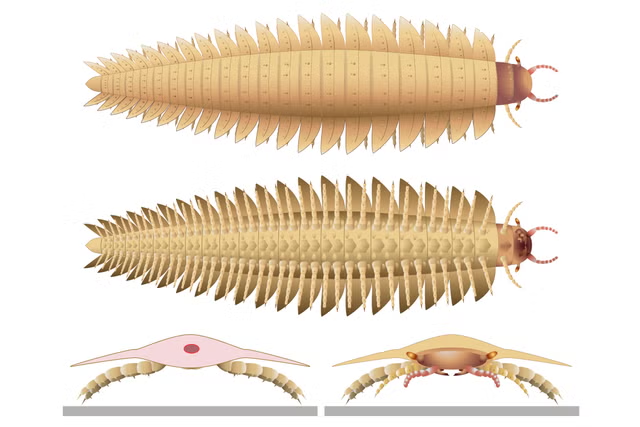Children with autism have different brains than children without autism, down to the structure and density of their neurons, according to a study by the University of Rochester Medical Center, New York, published in Autism Research in September.
"People with a diagnosis of autism often have other things they have to deal with, such as anxiety, depression, and ADHD," said first author Dr. Zachary Christensen, of the University of Rochester's School of Medicine and Dentistry, in a statement.
"But these findings mean we now have a new set of measurements that have shown unique promise in characterizing individuals with autism."
Approximately one in 36 children have autism spectrum disorder, according to data on 8-year-olds collected in 2020 by the Centers for Disease Control and Prevention (CDC).
The condition is nearly four times more common in boys than girls, according to the same CDC study—although research is still developing on autism among girls and adults.
People with autism have challenges with social interaction and communication, tend to stick to routines and habits, and may get overwhelmed with sensory information, for example by bright lights, loud noises and scratchy clothes.
In this University of Rochester study, neuroscientists used brain imaging data of more than 11,000 children aged 9 to 11, to compare the structures of neurons in their brains.
Imaging of nearly 150 children with autism was compared to that of almost 9,000 children without any neurodevelopmental diagnoses, and to that of more than 1,400 children diagnosed with common psychiatric disorders but not autism, such as anxiety or attention deficit hyperactivity disorder (ADHD).
The neuroscientists found that, in the cerebral cortex—responsible for memory, learning, reasoning and problem solving, the brains of children with autism showed lower neuron density.
However, in other areas of the brain, for instance, the amygdala—associated with processing emotions and emotional reactions—there was increased neuron density in the brains of children with autism.
These trends were true when neuroscientists compared children with autism to children without autism, regardless of whether they had a different psychiatric condition, so the neuroscientists concluded this difference was particular to autism.
"If characterizing unique deviations in neuron structure in those with autism can be done reliably and with relative ease, that opens a lot of opportunities to characterize how autism develops, and these measures may be used to identify individuals with autism that could benefit from more specific therapeutic interventions," said Christensen.
These new findings were only possible because of recent developments in brain imaging technology, allowing neuroscientists to analyze the structure of brains in fine detail while subjects are still alive.
"We've spent many years describing the larger characteristics of brain regions, such as thickness, volume and curvature," said Christensen. "However, newer techniques in the field of neuroimaging for characterizing cells using MRI [magnetic resonance imaging] unveil new levels of complexity throughout development."
The University of Rochester neuroscientists used data from the Adolescent Brain Cognitive Development (ABCD) study database: a large long-term study of brain development and child health.
"We are at the beginning of understanding the true impact that the extraordinary data collected by the ABCD study will have on the health of our children," said John Foxe, senior author of the study and the director of the Del Monte Institute for Neuroscience, in a statement.
"It is truly transforming what we know about brain development as we follow this group of children from childhood into early adulthood."
Do you have a tip on a food story that Newsweek should be covering? Is there a nutrition concern that's worrying you? Let us know via science@newsweek.com. We can ask experts for advice, and your story could be featured in Newsweek.
Reference
Christensen, Z. P., Freedman, E. G., & Foxe, J. J. (2024). Autism is associated with in vivo changes in gray matter neurite architecture. Autism Research. https://doi.org/10.1002/aur.3239
Disclaimer: The copyright of this article belongs to the original author. Reposting this article is solely for the purpose of information dissemination and does not constitute any investment advice. If there is any infringement, please contact us immediately. We will make corrections or deletions as necessary. Thank you.



